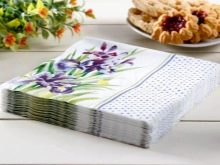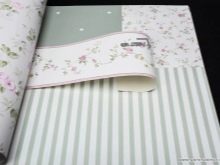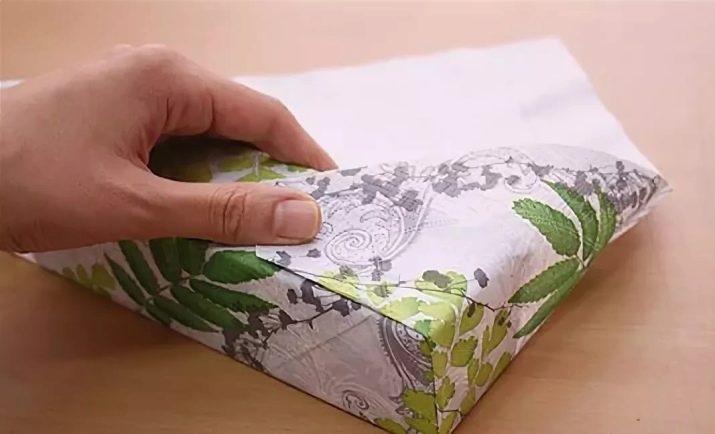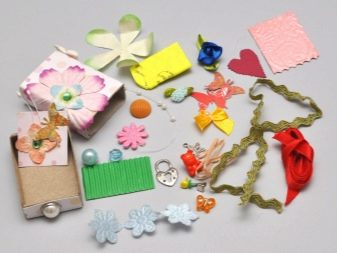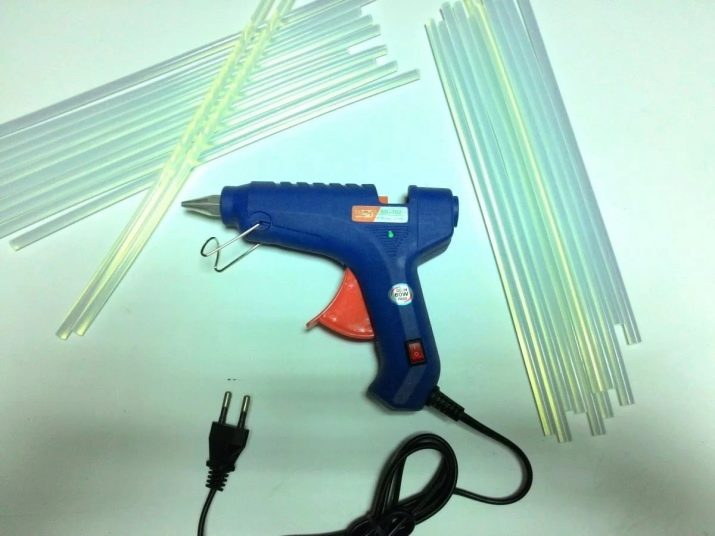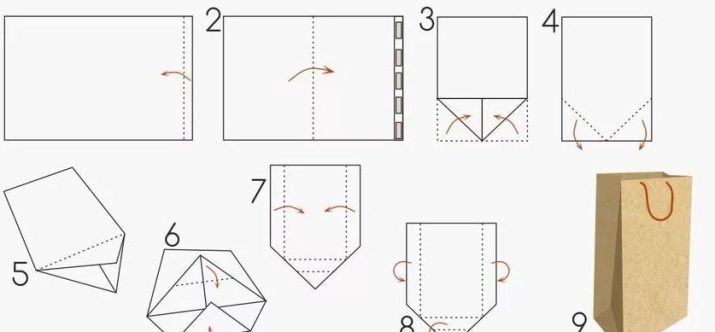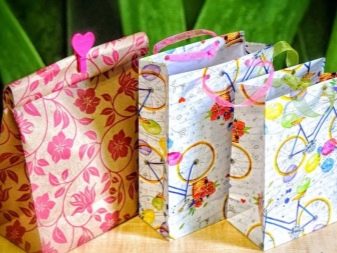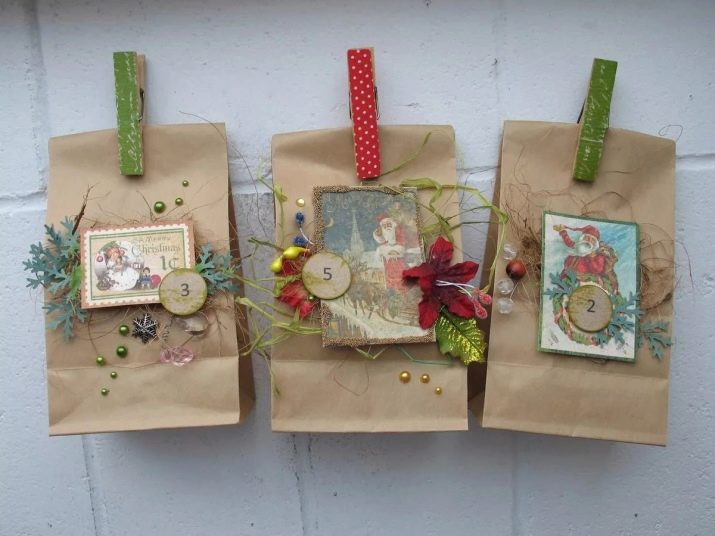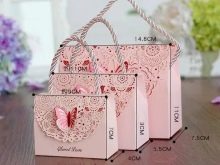Nothing boosts gift status like beautiful packaging. However, for small presents, a pretty package is often quite enough. The material of this article will tell you how to make such a package with your own hands.
What can you do?
Despite the fact that in the manufacture of gift bags for the manufacture of different raw materials, in the home it is better to take what keeps the shape well. This means that neither cellophane, nor fabric, nor foil-coated paper are suitable - you will have to rely on paper. However, it can be very diverse, the work can be useful:
- A4 or A3 paper;
- paper for scrapbooking or origami;
- paper wallpaper of standard width;
- napkins for decoupage.
Foil paper often cannot be glued together, moreover, it does not hold the form, and therefore a bag made of it will not look beautiful despite the luster of the material. Wallpapers often allow you to create one of the most interesting types of gift bags: they are durable, strong, beautiful and often stylish, because today paper wallpapers are presented in the widest range, they can be childish, fabulous. There are among the drawings prints on the theme of Paris England, graffiti.
Elegant gift bags made of craft paper. In addition, a special paper can be made independently by selecting the design you like, downloading it and printing it on a color printer. According to the approximate technology can be made and the paper for newsprint. Unlike a regular newspaper, it will keep its shape, distinguished by the strength of the finished product.
The only drawback of the printed paper is the instability of the ink when wet.
If napkins are taken as the basis of decorative paper, then before proceeding with folding the gift bag, it is necessary to separate the decorative napkin layer and, having passed over the entire area of a regular sheet with pencil glue, glue it. Wherein It is important to carefully stick the napkin, initially preventing the formation of air bubbles. After the napkin is glued, you need to give the paper some time to take the form so that it will not warp in the future.
Auxiliary components
Depending on what kind of package you want to make for a gift, you may need to work:
- glue stick (PVA or even "Titan");
- ruler and simple pencil;
- hole punch and scissors;
- clothesline or satin ribbon;
- small greeting card;
- cardboard or cardboard wrapper;
- decorative elements (about the same as for scrapbooking).
In addition, a hot glue gun may be useful. As for the decorative elements, you can use various cut-out flowers, geometric shapes, confetti, crocheted flowers of small size, large sequins in the form of shells, leaves, flowers, as well as other decorative motifs.
Choosing one or another option, it is worth considering the type of glue. For example, the paper decor perfectly keeps on usual glue for paper and PVA. If you need to fix the sequins or knitted decorative elements, you should use hot glue or glue "Titan", which is often used by masters engaged in creative work.
How to fold?
Make a package for a gift with your own hands is easy. After all the necessary work items have been prepared, you can proceed to its implementation. You can use the approximate scheme.
- Decorative paper is placed in front of a pattern down.
- Approximately 1-1.2 cm recede from the left edge and bend this allowance.
- Inside, they put auxiliary paper under it, which will not allow excess glue to enter unnecessary places.
- The allowance is glued with glue, after which the paper is covered from the second side, glued, forming a paper tube. Auxiliary paper is removed after gluing.
- The resulting paper tube is folded in half. In this case, one side face will be located strictly on the glue allowance, and the second - opposite it.
- They are determined with the package width, for which, to the right of the pasted allowance, measure 3–4 cm and bend the paper tube over this mark.
- Pressing a new side face and holding the workpiece on the surface of the working table, hold the hand to the side on the right, thereby defining the fourth face. All lines clearly bend. At this stage, the workpiece looks like a box without top and bottom.
- From above, an allowance is made for the handles, having folded the upper edge about 3 cm.
- After turning over the allowance for the handles, it is necessary to once again walk along the top of the side edges with a fingernail in order to get clear edges of the top.
- To make the package exactly like a store-like analogue, the width of the side faces is divided in two and folded inward. At this stage, the package has a top and folded inside the sides.
- They begin to design the bottom, the width of which is about the same as the width of the side faces at the beginning. The allowance is wrapped on itself, clearly pushing with a fingernail.
- Lowering the bottom allowance, bend in the opposite direction to get a clear line. Next, bend the corners up, combining the former side with a folded bottom line.
- The entire structure is unfolded, bent inward first, bottom sides, forming trapeziums on the sides of the bag, then one of the sides.
- Its central part is glued and glued to the second part of the bottom. It is important that the width of the bottom and sides coincide, all the excess will have to be cut off.
- At this stage, strengthen the bottom and attachment points of handles, using ordinary cardboard. To do this, cut rectangular stripes: one must correspond to the bottom, the other two fit under the upper allowances.
- A cardboard bottom is glued, after which the lateral side allowance is sent inwards, and the bottom itself is folded to either side of the bag from the outside.
- Glue the cardboard under the handle. The allowance should not capture the sides of the workpiece.
- They take a hole punch and with it, pierce holes for the ropes. After that, cut the ropes of the desired length, scorch their edges, thread through holes and knotted on all four sides.
If you plan to hang on the handle a small greeting card, put it on the rope before tying the knots that prevent the ropes from falling out.
Alternatives
In addition to the basic scheme of folding paper bag for gift wrapping, there are many variations of its design. For example, the same ropes can be replaced with satin ribbons. If you do not want to mess around with the top due to the lack of a hole punch, you can simply fold the top edge of the packaging bag after the present is placed in it. Other origami schemes allow you to create gift boxes, others involve sticking decorative pockets.
You can come up with various decorative items that will be a kind of locks for a bag. In addition, if you wish, you can print out the unwrapping of the gift bag and fold it. As a rule, such constructions are intuitively easy to assemble. Often it is necessary to glue the side edges and assemble the bottom. The top can be fixed with the help of narrow satin ribbons, decorative buttons. In addition, it can be openwork, which is done by means of figure punch.
The packages themselves can be altogether not only like standard packaging designs - their shape can be played with in the form of funny animals, butterflies, handbags or umbrellas. For greater similarity, such products are often stitched on a sewing machine, thereby imitating textile seams. Other products resemble conical foodstuffs.
How to make a package for a gift with your own hands, see below.


